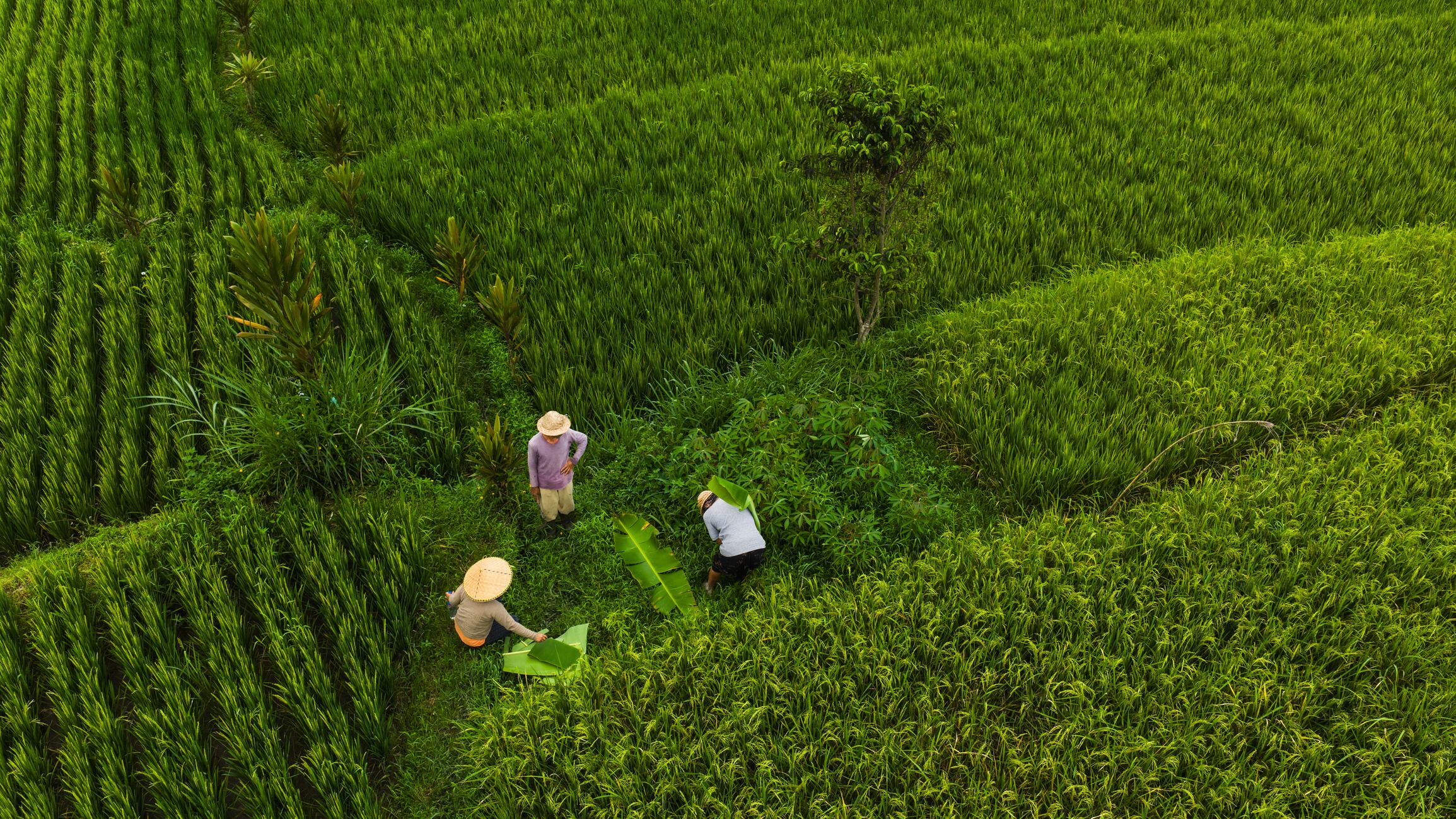Speaking on a panel about agri-food research and development at the Asia-Pacific Agri-Food Innovation Summit, Marisa Soares, senior vice president at Yara International, noted a proliferation of overlapping R&D agendas.
This led her to question if the sector’s focus on research was giving us sufficient real-world results.
“I’m not sure we need a lot more R&D. The big challenge is translating R&D into impact. R&D is just a good idea if it doesn’t translate to impact. How do we take that technology and science and create meaningful impact?” said Soares.
Yvonne Pinto, director general of the International Rice Research Institute (IRRI) added that the sector needs to prioritise initiatives that can bring about real impact.
“I don’t think we live in an era where you can do research for the fun of it anymore. It’s really about the embedding of that research in dealing with specific problems that are identifiable and can be analysed.”
‘Like a village raising a child’
Achieving the desired impact requires players across the agrifood sector to form an ecosystem that connects research, partnerships, and on-the-ground implementation.
Pinto noted that IRRI’s partnerships with The World Bank and Enterprise Singapore have enabled not just impact, but scale.
“Partnerships with Enterprise Singapore, with the World Bank, really makes a difference, because to scale an innovation, it’s a little bit like having a village raising a child. You need all the actors in the ecosystem to be playing their role.”
She added: “We need to create the fabric that delivers… It’s not just finance, science and policy, it’s business as well – that’s four elements of the fabric. Be part of the fabric where we can actually deliver and move the needle, and I think that will build our confidence to keep doing it in even more difficult circumstances than we have today.”
Shoba Shetty, global director, agriculture and food global practices, World Bank Group, agreed that scaling innovation required coordinated support.
“Our focus is not just on funding more research. I think it’s really funding the connective tissue that makes research really matter. It’s the partnerships, it’s the data and the institutional capacity that really move R&D and innovation from discovery to delivery, because ultimately, that’s what matters.
“All this innovation and R&D create impact only when science can connect to systems. I think we really, really need to build systems with strong institutions, coherent policies and functioning markets.”
Jeannie Lim, assistant managing director, services & growth enterprises of Enterprise Singapore, highlighted the importance of government agencies in stepping into to mitigate the risk of translating innovation to the field, especially when funding is scarce.
“There’s been a lot of funding, perhaps into early stage, into very early R&D. But then we find that sometimes it’s kind of the translation piece that’s missing or the Valley of Death of Series B… and so we think that’s actually quite important in terms of how we help come in and support and de-risk some of that translation as well.”
Farmers at the heart of everything
Soares added that impact can only be achieved when innovations translate to benefits at the farmer level.
“At the end of the day, there is a farmer at the centre of each value chain and each fork that we put in our mouth. We should never forget that anything we do needs to have an impact at farmer level. And to do that requires an entire ecosystem to come together.”
Soares said Yara is focused on collaborating with partners who are discerning and can turn ideas into action.
“We are open to collaborate, but at the same time, we need to be critical about those innovations and interventions that we need to take. They need to be focused, and they need to drive impact at scale… it’s not about breadth – for us at the moment, it’s really about depth. How do we go deep to deliver impact? And that’s our key message.”





